Here are some beautiful space photos and videos that have been posted on the Internet recently. Enjoy!
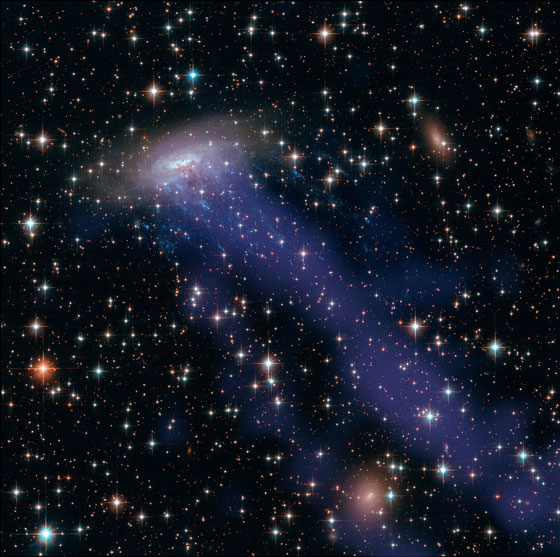
Here are some beautiful space photos and videos that have been posted on the Internet recently. Enjoy!

NASA’s Kepler mission announced Wednesday the discovery of 715 new planets. These newly-verified worlds orbit 305 stars, revealing multiple-planet systems much like our own solar system. Kepler is studying a part of the night sky that includes parts of the constellation Lyra and the Name A Star Live constellation Cygnus (“The Swan,” a.k.a., “The Northern Cross”).
Nearly 95 percent of these planets are smaller than Neptune, which is almost four times the size of Earth. This discovery marks a significant increase in the number of known small-sized planets more akin to Earth than previously identified exoplanets, which are planets outside our solar system.
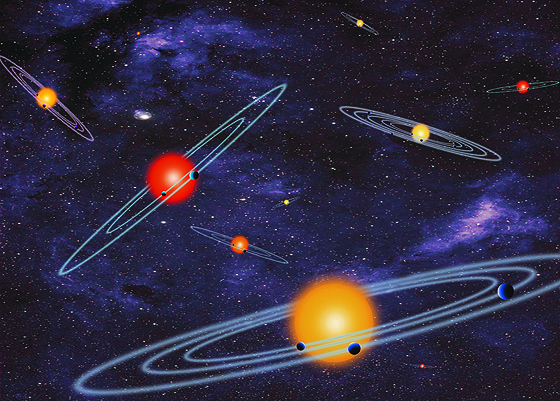
Continue reading “NASA’s Kepler Mission Discovers 715 New Worlds”
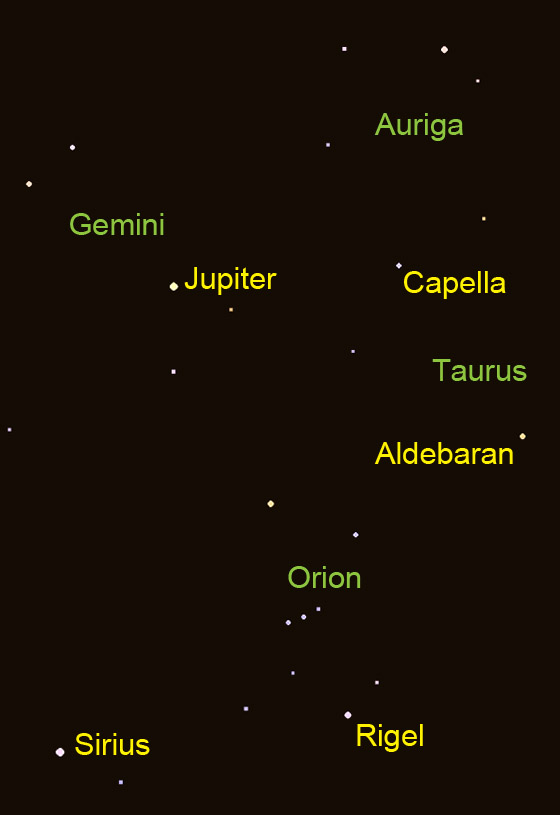
If you have some clear skies this weekend, this is a great time to take a peak at the stars in the night sky. Since the Moon doesn’t rise until late at night, this is a good time to look at the wonders of the universe!
Jupiter is the brightest ‘star’ you’ll see in the night sky now. The king of the planets is in the Name A Star Live constellation Gemini this month. Take a peek through even a low power telescope and you’ll likely see as many as four of Jupiter’s largest moons: They’ll look like little dots near the planet.
Actually, the brightest real star in the night sky is Sirius, which you’ll find near the prominent winter constellation Orion — another Name A Star Live constellation.
If you’re in the continental U.S., southern Europe, China, India … Jupiter will be at, or near, overhead after sunset.
If you’re in Canada, Alaska, northern Europe, or Japan, you’ll see Jupiter roughly half-way up from your southern horizon after sunset this weekend.
If you’re in the Land Down Under, New Zealand, South Africa, etc., you’ll see Jupiter low on your northern horizon after sunset. The stars and planets will appear ‘upside down’ compared to the image you see above.
Clear skies to you!
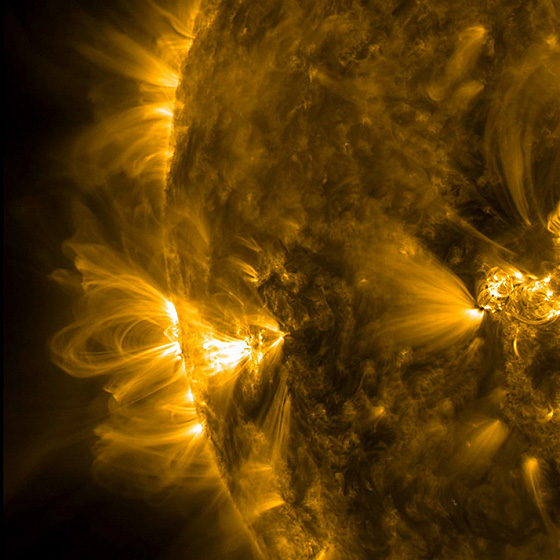
An active region of the Sun just rotating into the view of NASA’s Solar Dynamics Observatory gives a profile view of coronal loops over about a two-day period, from Feb. 8-10, 2014. Coronal loops are found around sunspots and in active regions. These structures are associated with the closed magnetic field lines that connect magnetic regions on the solar surface. Many coronal loops last for days or weeks, but most change quite rapidly. This image was taken in extreme ultraviolet light.
Your star name will be on board the Sunjammer solar sail that will provide early warning against the dangers of solar storms heading Earth’s way.
Check out the NASA video of the rotating Sun and these festooning loops!
Image Credit: NASA/Solar Dynamics Observatory
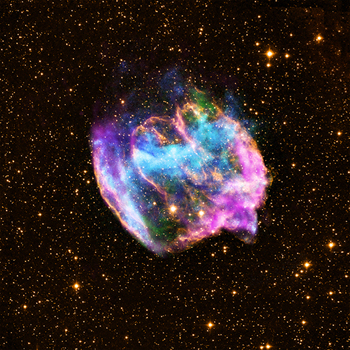
One of the ways Name A Star Live makes the symbolic gesture of naming a star real is by offering our customers Virtual Planetarium™ astronomy and space software. We include this software in our in our Deluxe, Framed and Ultimate Gift Sets, as well as one of our Instant Gift Sets. The software includes a library of stunning astronomy imagery; information about the sky, the solar system and the latest space events; and space weather reports about sun spots, auroras and more.
With an Internet connection hundreds of images can be updated with live satellite data at the click of a button. The software was developed by Rice University and the Houston Museum of Natural Science.
We recently made several very significant upgrades to the software, which we outline below with screenshots from the software. You can purchase Virtual Planetarium separately. If you already have Virtual Planetarium, you can easily update your software yourself. Continue reading “Our Astronomy Sofware is Better Than Ever!”
Here are some beautiful space photos and videos that have been posted on the Internet recently. Enjoy!
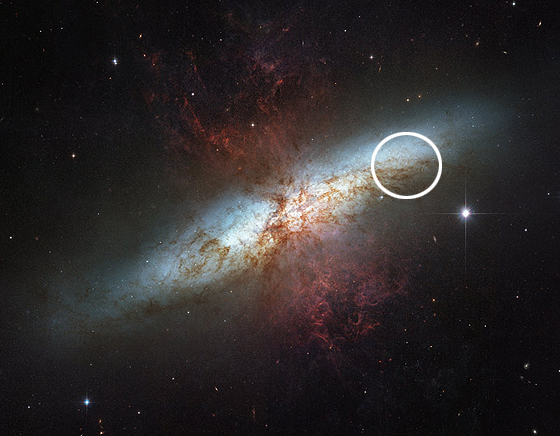
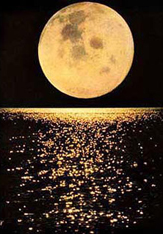 There will be a beautiful Full Moon out the night of Valentine’s Day this year. So take your Valentine outside that moonlit night and wish upon your star!
There will be a beautiful Full Moon out the night of Valentine’s Day this year. So take your Valentine outside that moonlit night and wish upon your star!
The stars are bright, and the night is still, and the river is singing by,
And many a face is upward turned to gaze at the moon’s bright eye.
North and south, from the forest deeps to the heart of the silver plain,
There’s many an eye will see no sleep till the east grows bright again;
There’s many a hand will toil to-night by shining land and sea.
O moonlight, bear my message of love to the heart that beats for me.
From “In the Moonlight” by David McKee Wright
While you’re looking at the Moon, look for the brightest ‘star’ you’ll see in the eastern sky after sunset. That’s the planet Jupiter, which is in the Name A Star Live constellation Gemini this month. Continue reading “February’s Stars and Planets”
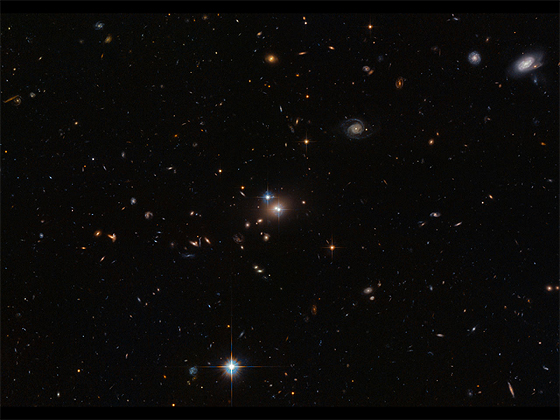
In this new Hubble Space Telescope image two objects are clearly visible, shining brightly. When they were first discovered in 1979, they were thought to be separate objects — however, astronomers soon realized that these twins are a little too identical! They are close together, lie at the same distance from us, and have surprisingly similar properties. The reason they are so similar is not some bizarre coincidence; they are in fact the same object.
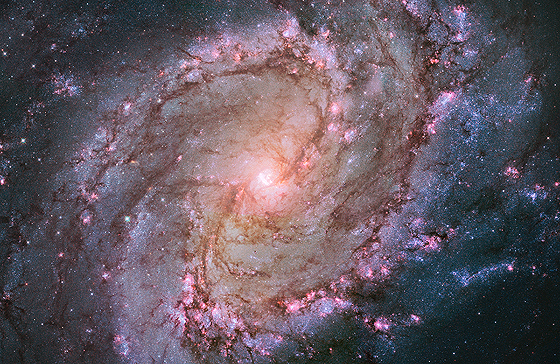
The vibrant magentas and blues in this Hubble Space Telescope image of the barred spiral galaxy M83 reveal that the galaxy is ablaze with star formation. The galactic panorama unveils a tapestry of the drama of stellar birth and death. The galaxy, also known as the Southern Pinwheel, lies 15 million light-years away in the constellation Hydra.
Continue reading “New Hubble Photo of the Southern Pinwheel Galaxy!”
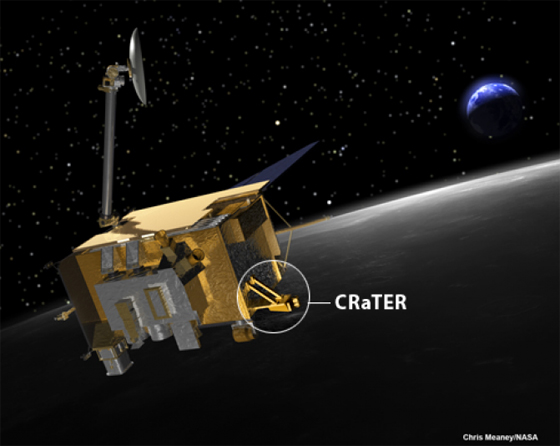
Your star name will fly on board the Sunjammer solar sail, which will monitor the Sun for dangerous space weather events that can impact us here on Earth. Meanwhile, NASA’s Lunar Reconnaissance Orbiter, or LRO is checking space weather from its orbit around the Moon, and feeding its results to an Internet radio station.
Continue reading “Musical Space Weather Reports from NASA Moon Mission”